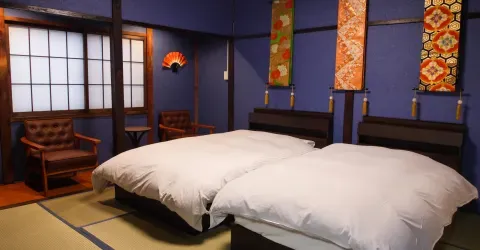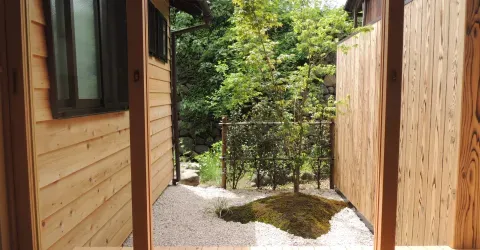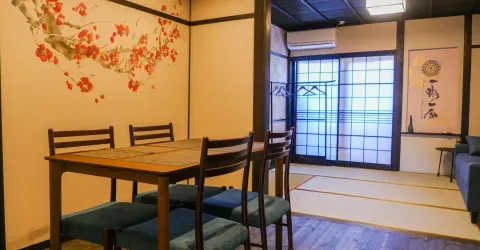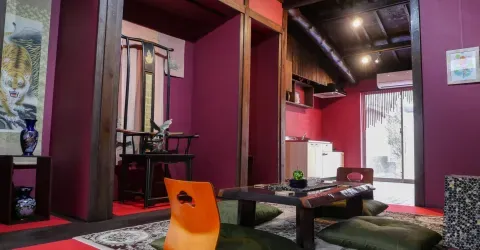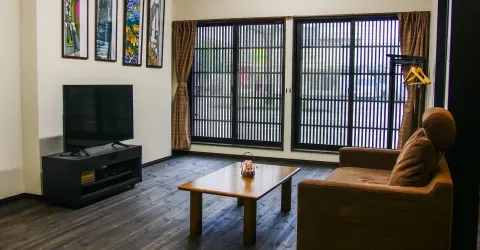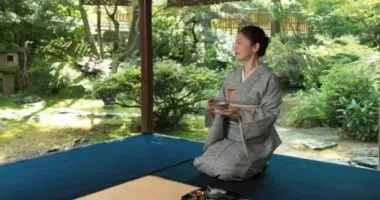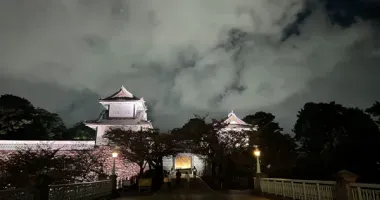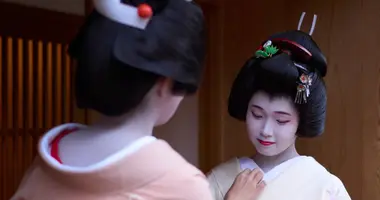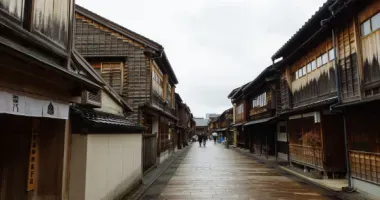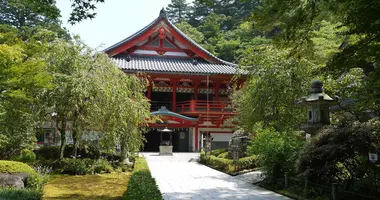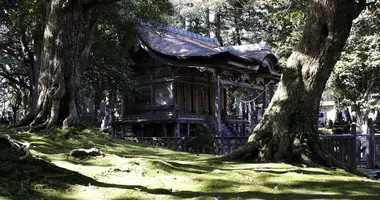Shika Choryuji Temple 長龍寺庭園
- Published on : 07/12/2018
- by : C.L
- Youtube
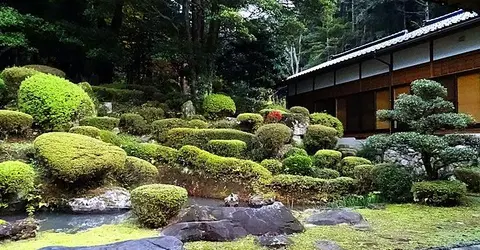
Choryuji temple garden
kimassi
traditional garden
Choryuji Temple is a Buddhist temple located northeast of Shika City. Built in 1449, it is best known for its traditional Japanese garden, classified as a “cultural asset of the city”.
Pond, miniature waterfalls, hills, ridges and hollows, all wrapped in the midst of maples, evergreens and fluffy mosses, the garden of Choryuji temple is a marvel .
Located northeast of the town of Shika on the Noto Peninsula, the garden was established in the middle of the Edo period (1603-1868) by Komazo, a gardener from the peninsula. This one tried to reconstitute the forms and outlines of nature , in what it has of most remarkable, in miniature.
For this, the gardener relied on the mountain base on which the Choryuji temple is built. This made it possible to create reliefs: mountain, hollow, and plain, which will then be filled with various species of shrubs. The garden of Choryuji temple is thus a Japanese garden in the most traditional style possible.
A TYPICAL GARDEN OF THE EDO PERIOD
The gardener Komazo has also created artificial ponds and installed rocks and pebbles in such a way as to arrange small waterfalls . During the ride, visitors hear the rolling and lapping of the water...
The garden is thus considered an example of a “crane and turtle” style garden (a symbol of long life). A very fashionable style during the Edo period.
As a reward for this remarkable work and to further establish the garden as a worthy representative of traditional Japanese gardens, the garden of Choryuji temple was awarded the distinction of “cultural asset of the city”, in 1979 .
A TEMPLE RICH IN SCULPTURES
But the appeal of Choryuji Temple should not be reduced to its garden alone. Built in 1449 , the temple contains a number of precious statues , such as that of Amida Nyorai, representing the Buddha Amitabha, and the statue of Shokannon, both dating back to the end of the Muromachi period (1333-1573) .
Another asset: a seated statue of Hokyobo Junsei, dating from the early Edo period. Hokyobo was Rennyo's main disciple and lived in a local temple of the Soto school after the Ikko-Ikki uprisings. Legend has it that this local temple was the origin of the construction of Choryuji Temple.
